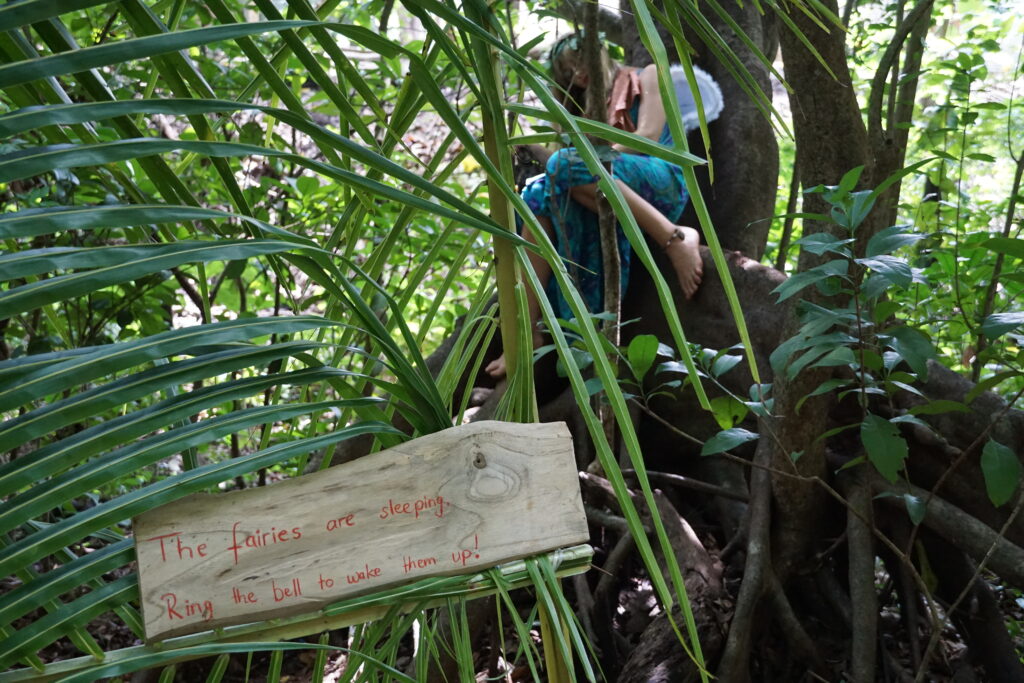Martinmas is one of the most beloved festivals celebrated for many centuries around the world. On this special day, November 11th, is the feast of Saint Martin, where in Waldorf Schools we turn our thoughts and faith to Saint Martin of Tours. Martin was a Roman soldier born in Hungary. He was the son of an army veteran who moved with his family to Italy early on. At the age of 15 he was already wearing a military uniform. For more than 15 centuries he has been remembered due to his actions while he was a young man serving in the Roman Empire military in Gaul (now Amiens-France).
In many cities around the world, the Saint Martin story is told around the second week of November and he is venerated for his actions of compassion and care for the less privileged. The story tells:

“One very cold winter’s day, Martin was riding his horse with his troop and on the way he met a beggar on the road who was shivering cold and half dressed. The troops that were riding with him passed the poor man but Martin stopped, and as he had nothing else to give the man to provide warmth, took out his sword and divided his mantle in two, and gave half to the beggar. That night he saw in a dream that Jesus Christ appeared to him dressed in the half mantle that he had given to the poor man and he heard him say: “Martin, today you covered me with your mantle.”


This week of November we remember Saint Martin and his brilliant light. The date of Martinmas coincides with Veterans Day in the United States which came from Armistice Day. 11/11 was the day WWI ended, a significant day of peace. In numerology, 11 is a magic number. Hence, we can create some of this light coming out of darkness for the children by making paper lanterns or any other creative material lantern and carrying our little light into the darkness making our own magic and awe for the young child.
As we near this day, we have the opportunity to experience our own interior light in the middle of the darkness. In places such as the ones in the Northern latitude in North America this darkness is getting more pronounced as we approach winter. In tropical places, such as countries in Central and some in South America, the rain is still lingering but soon the light will be stronger. To offer our light and share it with others is a spiritual will, proper of this celebration. We welcome you to join in and bring that light on a walk at night around your garden or a place that you treasure, as recognition and love to nature and our surroundings, where we turn for silence and comfort.
Songs and Poems in Martinmas:
I go outside with my lantern Yo voy con mi farolillo
I go outside with my lantern Yo voy con mi farolillo
My lantern goes with me y mi farolillo conmigo
Above the stars are shining bright arriba brillan las estrellas
Down here on earth shine we y abajo brillamos nosotros
So shine your light through the still dark night y si hace frío nos vamos a casa
Labimmel labammel la boom con nuestro pequeño farol
My lantern Farol
My lantern, my lantern Farol, farol
Sun and moon and stars Estrella, luna y sol
Put out all your light Se apaga la luz
Put out all your light Se apaga la luz
That my lantern can truly shine bright menos la de mi farol
Arde lucecita
Arde lucecita, iluminanos, proteger te quiero con todo mi amor
Saint Martin
Saint Martin, saint Martin,
saint Martin rode through wind and snow
on his strong horse his heart aglow.
He rode so boldly through the storm
His large cloak kept him well and warm.
By the roadside, by the roadside,
By the roadside a poor man arose,
Out of the snow in tattered clothes:
“I beg you help me in my plight,
or else I’ll die of cold tonight.”
Saint Martin, saint Martin,
saint Martin stopped his horse and drew
his sword and cut his cloak in two.
One half to the beggar-man he gave
And by this deed his life did save.
























